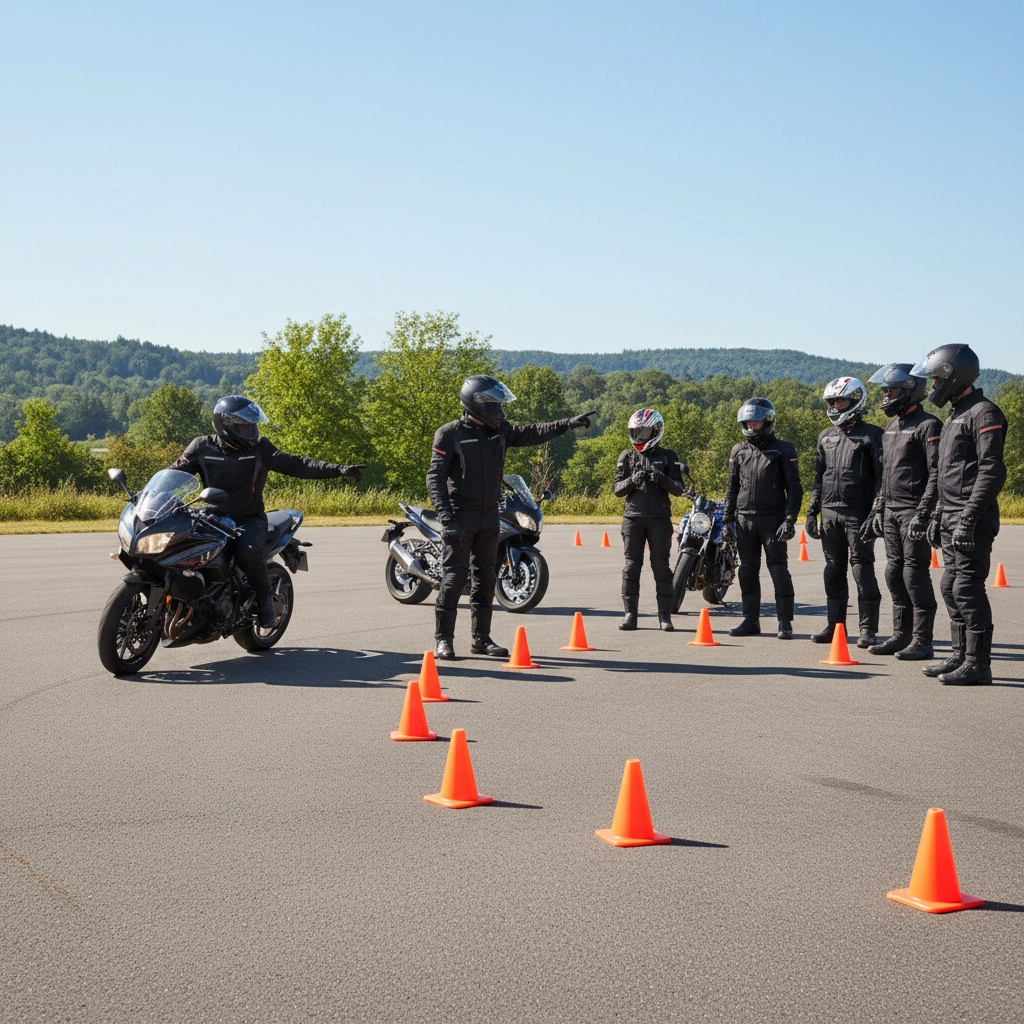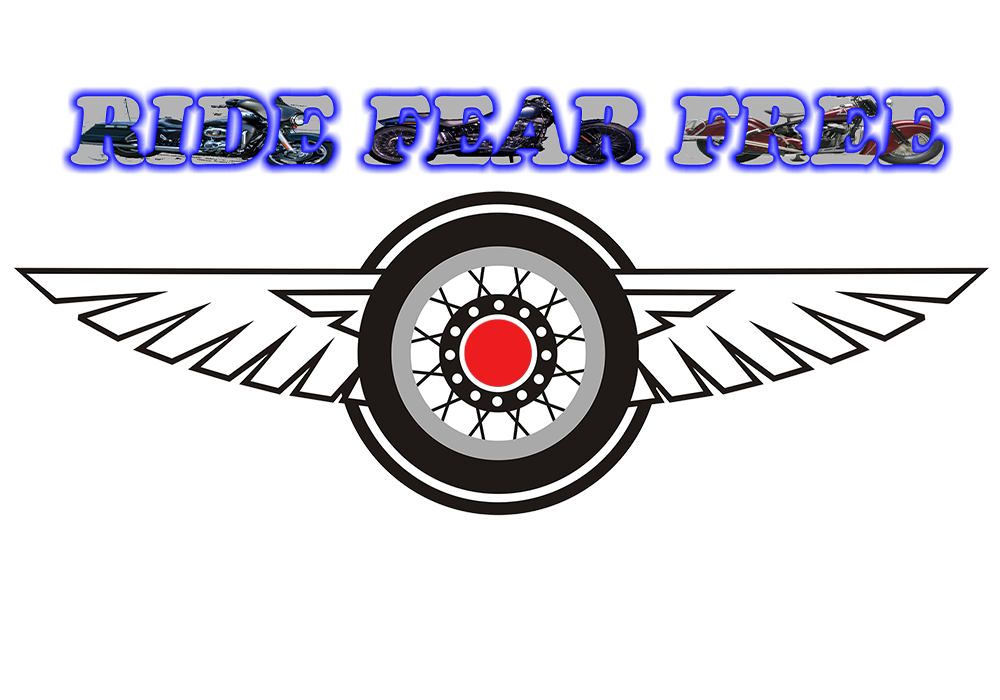Quick Answer: Building Stakeholder Networks for Motorcycle Safety
Building effective stakeholder networks for motorcycle safety requires identifying key partners across government agencies, insurance companies, rider education organizations, and community groups. Success comes from creating mutual value propositions, establishing clear communication channels, and developing collaborative safety initiatives that benefit all parties while advancing rider protection and awareness.
The Foundation of Safety Begins with Connections
Have you ever wondered why some motorcycle safety campaigns go viral while others barely register a blip? The answer isn't just about compelling content or catchy slogans. It's about the network of stakeholders who amplify, support, and champion your message.
Building stakeholder networks for motorcycle safety isn't traditional lead generation where you're hunting for customers. Instead, you're cultivating partnerships with organizations, agencies, and individuals who share your commitment to keeping riders safe on the road.
What makes this approach different? You're not selling products. You're selling a vision of safer roads, reduced accidents, and stronger communities. That requires a completely different playbook than standard marketing tactics.
Understanding Your Stakeholder Ecosystem
Government and Regulatory Bodies
Your first tier of stakeholders includes Department of Transportation offices, state motor vehicle departments, and local traffic safety coordinators. These organizations control policy, funding, and regulatory frameworks that directly impact motorcycle safety initiatives.
Think of them as your foundation partners. They provide credibility, resources, and often the legal framework necessary for large-scale safety programs. Without their buy-in, even the most innovative safety campaign can struggle to gain traction.
Insurance Companies and Financial Partners
Insurance providers have a vested interest in reducing motorcycle accidents. Lower accident rates mean lower payouts, making them natural allies in safety initiatives. They also possess extensive accident data that can inform your safety messaging and target areas.
Progressive, GEICO, and State Farm regularly partner with safety organizations because it aligns with their business interests while demonstrating corporate responsibility.

Rider Education Organizations
Motorcycle Safety Foundation, local riding schools, and certified instructors form another crucial stakeholder group. These organizations already have established relationships with riders and credibility within the motorcycle community.
They understand the practical aspects of rider safety and can provide insights into what messaging resonates with different rider demographics.
Community Organizations and Advocacy Groups
Local motorcycle clubs, veteran organizations, and community safety groups offer grassroots connections that government agencies and large corporations often cannot access. They provide authentic voices and community credibility.
The Strategic Approach to Stakeholder Lead Generation
Step 1: Mapping Your Safety Objectives
Before reaching out to potential partners, clearly define what success looks like for your motorcycle safety initiative. Are you focused on reducing accident rates in specific geographic areas? Promoting helmet use? Increasing rider education participation?
Your objectives will determine which stakeholders to prioritize and how to position potential partnerships. A campaign focused on new rider safety will require different partners than one targeting experienced riders or specific motorcycle types.
Step 2: Creating Value Propositions for Each Stakeholder Type
Government agencies value data, measurable outcomes, and political support. Your pitch should emphasize how your safety initiative supports their public safety mandate while providing concrete metrics they can report to constituents.
Insurance companies respond to risk reduction and cost savings. Present your safety program as a tool for reducing claims while enhancing their customer relationships and brand reputation.
Rider education organizations appreciate resources, credibility, and expanded reach. Offer to amplify their expertise while providing additional tools and funding for their programs.

Step 3: Developing Multi-Channel Outreach Strategies
Email campaigns work well for formal organizations like government agencies, but personal networking often proves more effective with community groups and local organizations. LinkedIn provides excellent access to decision-makers in insurance companies and corporate partners.
Trade publications, safety conferences, and motorcycle events offer face-to-face opportunities to build relationships with multiple stakeholder types simultaneously.
Step 4: Creating Collaborative Content and Resources
Joint white papers, co-branded safety materials, and shared research projects provide ongoing value to stakeholders while advancing your safety objectives. These collaborations often become the foundation for long-term partnerships.
Consider developing safety toolkits that stakeholders can customize with their branding while maintaining consistent safety messaging. This approach allows partners to demonstrate value to their constituents while supporting your broader safety goals.
Advanced Networking Strategies That Work
The Conference Circuit Approach
Motorcycle safety conferences, transportation summits, and insurance industry events provide concentrated opportunities to meet multiple potential stakeholders. Prepare targeted presentations that address the specific concerns and interests of different stakeholder types.
Sponsor relevant sessions or host networking events that bring different stakeholder groups together around shared safety interests.
Digital Relationship Building
LinkedIn groups focused on motorcycle safety, transportation planning, and insurance innovation provide ongoing opportunities to share insights, comment on industry trends, and identify potential collaborators.
Create valuable content that positions your organization as a thought leader while demonstrating your commitment to collaborative approaches to safety.
Pilot Program Strategy
Small-scale pilot programs with individual stakeholders often lead to larger partnerships and additional stakeholder introductions. Success with one government agency frequently opens doors to others. Insurance company partnerships can lead to introductions to motorcycle dealerships and manufacturers.
Start small, prove value, then scale successful partnerships while leveraging them to access new stakeholder networks.
Measuring Stakeholder Network Success
Quantitative Metrics
Track the number of active partnerships, reach of collaborative campaigns, and safety outcomes in areas where you have strong stakeholder networks compared to areas where you don't.
Monitor website traffic, social media engagement, and safety program participation rates that can be attributed to stakeholder partnerships.
Qualitative Indicators
Partner satisfaction, renewal rates for collaborative agreements, and unsolicited stakeholder recommendations provide insight into the health of your network.
Pay attention to stakeholders who begin introducing you to other potential partners or advocate for your initiatives in settings where you're not present.

Common Pitfalls and How to Avoid Them
The Spray and Pray Mistake
Mass outreach to every possible stakeholder wastes resources and dilutes your message. Focus on quality relationships with stakeholders who align closely with your safety objectives and possess the influence to drive meaningful change.
Neglecting the Follow-Up
Initial stakeholder meetings generate enthusiasm, but partnerships require ongoing nurturing. Develop systematic follow-up processes that provide value to partners while advancing your safety initiatives.
Misaligned Expectations
Clear partnership agreements that define roles, expectations, and success metrics prevent conflicts and ensure all parties benefit from the collaboration.
Building Your Safety Network Today
Start by identifying three key stakeholders in your area who share your commitment to motorcycle safety. Research their current initiatives, challenges, and objectives. Develop specific value propositions that address their needs while advancing your safety goals.
Focus on building one strong partnership before expanding to additional stakeholders. Success breeds success, and a proven track record with one respected organization opens doors to others.
The motorcycle safety community is surprisingly interconnected. Investment in genuine relationships with key stakeholders creates a multiplier effect that extends your reach and impact far beyond what traditional marketing approaches could achieve.
Remember that building stakeholder networks for motorcycle safety is about creating lasting partnerships, not just generating leads. The goal is collaborative relationships that make roads safer for all riders while advancing each partner's individual objectives.
Ready to Build Your Motorcycle Safety Network?
Connect with Dan Kost, CEO of Ride Fear Free, LLC on LinkedIn to discuss collaborative safety initiatives and stakeholder partnership strategies.
Contact Information:
- Website: www.RideFearFree.net
- AI Receptionist: +1 (970) 693-4854
- CEO: Dan Kost
Share This Guide:
Found this helpful? Comment below with your stakeholder networking challenges, subscribe for more safety marketing insights, and share with others working to make roads safer for motorcyclists.
Tags: #Motivation #Branding #Strategy #Marketing #AdvertisingAndMarketing #digitalmarketing #Innovation #Sports #MotorcycleSafety #StakeholderNetworking #LeadGeneration #SafetyAdvocacy #RiderEducation #CommunityBuilding

